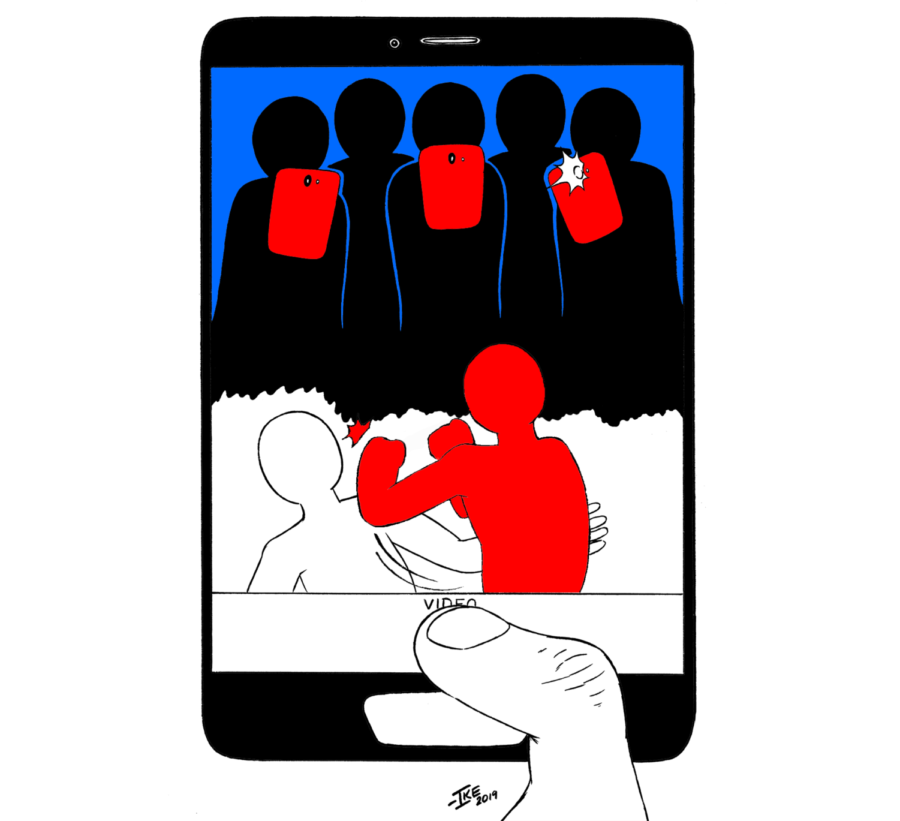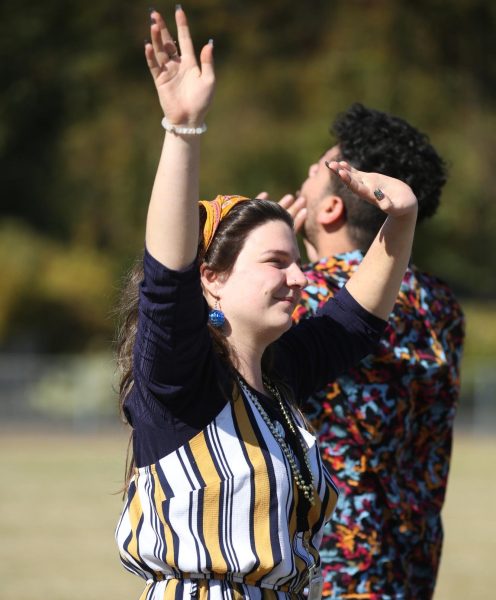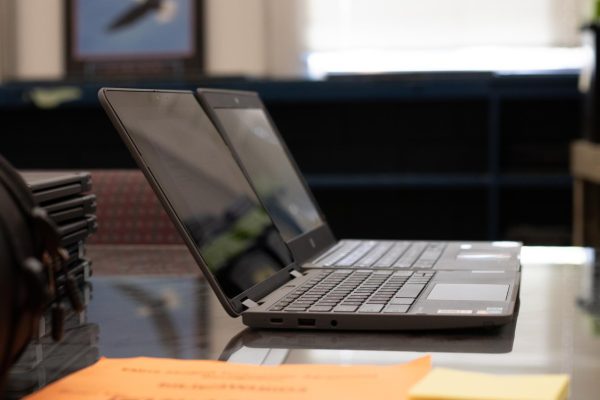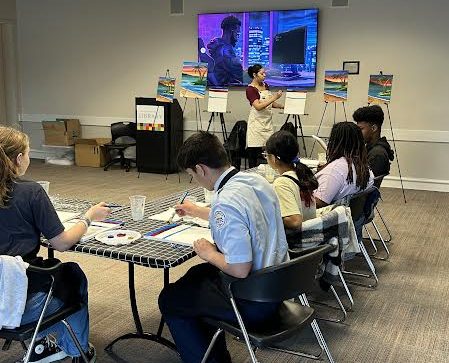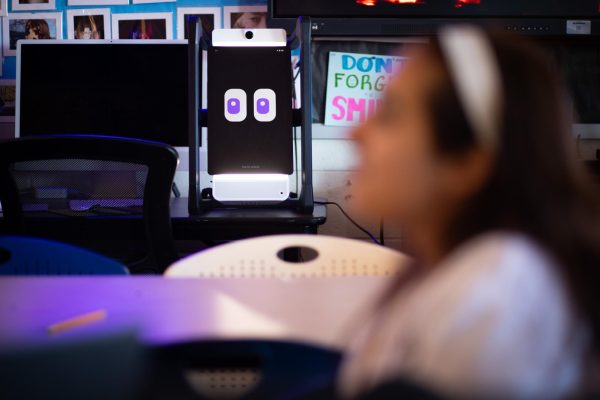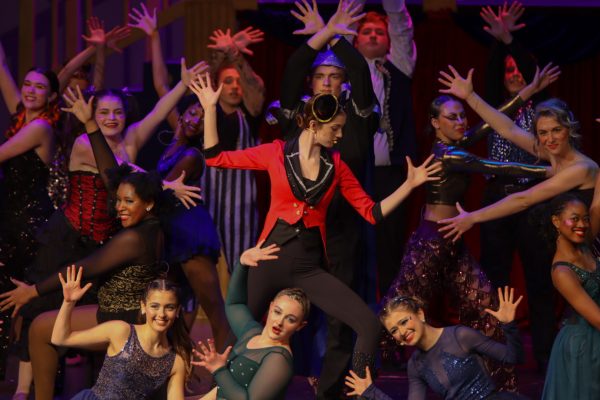Social media usage heightens conflict
A fight breaks out in the cafeteria. Students jump to their feet and run towards the altercation. The first thing that most of them do: pull out their phones to get the best video for Instagram.
This past school year, physical altercations have been a serious problem plaguing East Meck’s student body. In March alone, there have been numerous students facing suspensions for taking part in fights. A key part of most of these fights has been teenage social media use.
Services like Instagram, Snapchat and Twitter provide students with a platform where they can communicate at the push of a button. However, with constant communication and exposure to other students, some students have found social media to be a useful tool in propelling conflict.
“I think social media is a way that people confront each other, and once that doesn’t get resolved, that’s when people take it to the physical level,” senior Stephanie Orellana said. “Social media can be seen by everyone in the school, so everyone can recognize the drama going on.”
A number of psychological experts have come forward in saying that social media creates a distorted reality for those who use it. An important part of that reality, according to Psych.Ed.com, is that people can live without physical consequences and garner a false sense of security.
“Being behind a screen causes people to feel more confident because there is a sense of anonymity,” senior Linh Duong said.
Orellana agrees with this sentiment.
“When I’m behind a screen, I have more courage to say something,” Orellana said. “People are a lot more honest when they’re behind a screen, which is why conflict advances so quickly and makes its way to school.”
Even though students find their way into social media conflict at home, once an altercation breaks out at school, administration is permitted to investigate online activity. Because of social media’s relation to fights occurring on school campuses, there has been a growing push for schools to offer various services to promote positive technology usage, as reported in The Guardian. At East, there are a few courses that touch on cybersecurity and safety, and these courses have had positive effects on the students taking them.
“[In AP Computer Science] we become informed about different viewpoints of cyber safety and how much we, as people should be protected from the internet,” junior Maya Gavia said. “I apply what I learn about how other people act on the internet into my own life everyday. Now I’m more cognizant of others’ actions online, as well as what I am putting out into the web.”
As social media use continues to grow, students and staff are increasingly aware of the link between social media and conflict. After a turbulent spring season, many hope that East’s conflicts will die down.
“[Poor decisions on social media] needs to stop,” senior Bhumika Gurung said. “Like what Rick Parker says everyday, this can affect you in the long run.”
Your donation will support the student journalists of East Mecklenburg High School. Your contribution will allow us to purchase equipment and cover our annual website hosting costs.

